As gardens burst into bloom each spring, they become bustling ecosystems where plants and pollinators engage in a beautiful, life-sustaining dance. Pollinators – including bees, butterflies, moths, hummingbirds, and other beneficial insects – are essential for the reproduction of nearly 90% of flowering plants and 75% of our food crops. Yet today, many pollinator populations face significant declines due to habitat loss, pesticide use, climate change, and disease. The good news is that your garden, whether it spans acres or consists of a few containers on a balcony, can become a vital sanctuary for these remarkable creatures. This article explores practical, science-backed strategies to transform your outdoor space into a pollinator paradise that sustains biodiversity while enhancing the beauty and productivity of your garden.
Understanding Pollination: Nature’s Essential Process
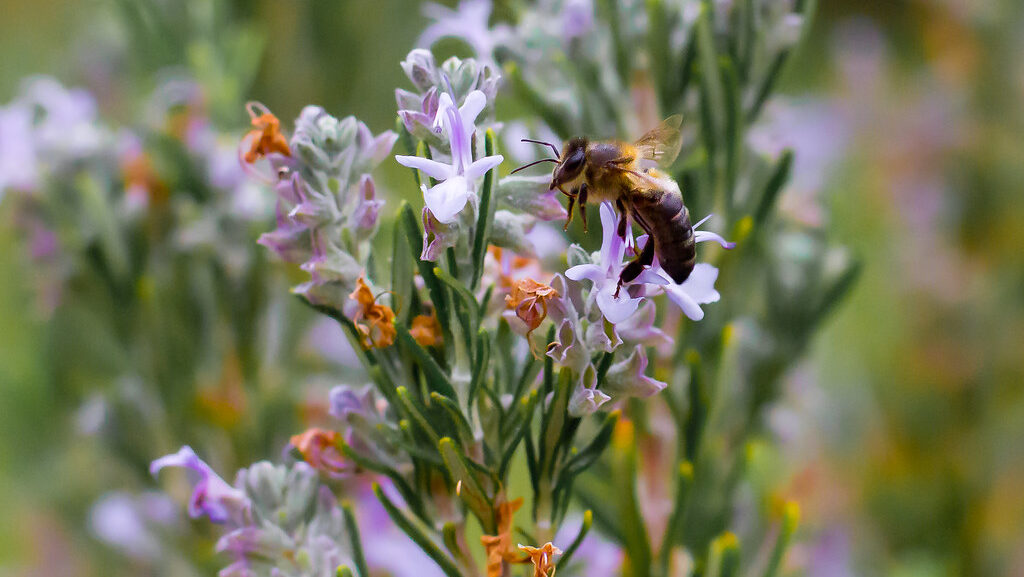
Pollination is the transfer of pollen from a flower’s male parts (anthers) to its female parts (stigma), enabling fertilization and seed production. While some plants can self-pollinate or rely on wind, many depend on animal pollinators who inadvertently transfer pollen as they move from flower to flower seeking nectar and protein-rich pollen. This relationship has evolved over millions of years, with flowers developing specific colors, shapes, scents, and bloom times to attract particular pollinators. For instance, bee-pollinated flowers often feature blue and yellow colors with landing platforms, while hummingbird-pollinated flowers typically display tubular red blooms. Understanding these specialized relationships helps gardeners select plants that effectively support local pollinator populations while ensuring successful fruit and seed production in their gardens.
The Pollination Crisis: Why Your Garden Matters

Pollinator populations worldwide are experiencing alarming declines, with some native bee species having decreased by up to 96% in recent decades. Colony collapse disorder continues to devastate honeybee populations, while monarch butterfly numbers have plummeted by approximately 90% since the 1990s. These declines stem from multiple factors including habitat fragmentation, agricultural intensification, pesticide exposure, disease spread, and climate change disrupting natural bloom times. Your garden, regardless of size, represents a crucial opportunity to create habitat islands in increasingly urbanized landscapes. Research shows that even small pollinator gardens can significantly boost local biodiversity, with urban gardens collectively forming “stepping stone” corridors that help pollinators navigate through developed areas. By intentionally designing your space with pollinators in mind, you’re contributing to a global conservation effort with immediate local impact.
Creating Diversity: The Foundation of Pollinator Gardens

A successful pollinator garden hinges on plant diversity – in species, flower shapes, colors, and bloom times. Aim to include at least three flowering plants for each season, ensuring continuous food sources from early spring through late fall. Native plants should form the backbone of your garden, as they’ve co-evolved with local pollinators and typically require less water and maintenance once established. Incorporate various flower forms to accommodate different pollinator feeding strategies – flat, daisy-like flowers for butterflies and short-tongued bees; tubular flowers for hummingbirds and long-tongued bees; and clustered flowers like those in the mint family that provide abundant nectar sources. Research shows that gardens with at least eight different plant species attract significantly more pollinator diversity than those with fewer options, with native plant gardens supporting up to four times more beneficial insects than those dominated by non-natives.
Native Plants: The Gold Standard for Pollinators
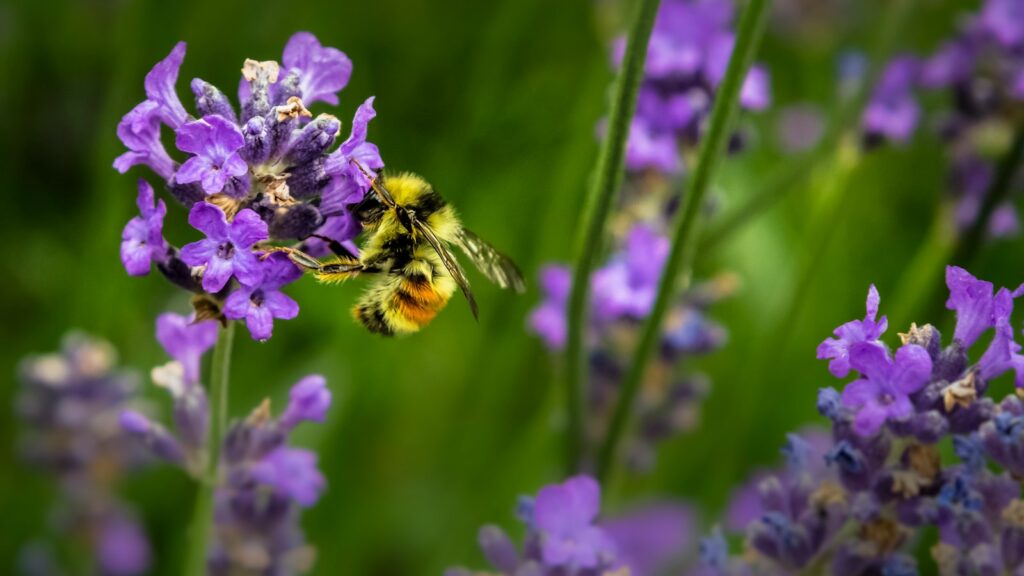
Native plants form the ecological foundation of healthy pollinator habitats, offering superior nutritional resources compared to many exotic species. These plants have co-evolved with regional pollinators over thousands of years, developing precisely timed bloom periods that align with pollinator life cycles and migration patterns. Research by the Xerces Society demonstrates that native plants support significantly more caterpillar species than non-natives, directly impacting the entire food web. Beyond their ecological benefits, native plants typically require less maintenance once established, as they’re adapted to local soil conditions, rainfall patterns, and climate extremes. When selecting natives, focus on species indigenous to your specific region rather than simply those native to your country, as local ecotypes best support your area’s unique pollinator community. Consider incorporating keystone native plants like oak, willow, cherry, and goldenrod, which support hundreds of pollinator and beneficial insect species.
Understanding Bees: From Honeybees to Native Specialists

Bees represent our most important pollinator group, with over 20,000 species worldwide and approximately 4,000 native to North America alone. While honeybees receive much attention, they’re actually European imports that sometimes compete with native species. Native bees include bumblebees, mason bees, leafcutter bees, sweat bees, and many others, with 70% nesting in the ground and 30% using hollow stems or wood cavities. Unlike honeybees, most native bees are solitary, with each female building and provisioning her own nest without forming colonies. Many native bees are specialists that have evolved to pollinate specific plant families or even single plant species, making them irreplaceable in certain ecosystems. To support diverse bee populations, provide both nectar-rich flowers (energy sources) and pollen-producing plants (protein sources), with special attention to early spring blooms when queens emerge from hibernation and fall flowers that help bees prepare for winter.
Butterfly-Friendly Garden Design
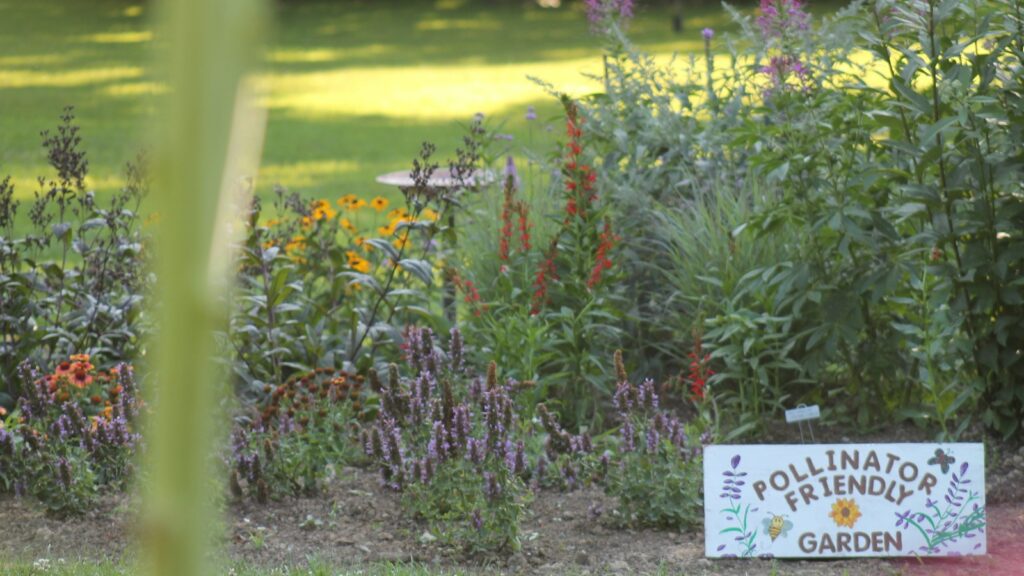
Creating a thriving butterfly garden requires addressing both adult and larval needs, as these insects undergo complete metamorphosis with entirely different life stages. Adult butterflies seek nectar-rich flowers with landing platforms, preferring bright colors like purple, red, yellow, and orange, while their caterpillars require specific host plants on which to feed. Monarch butterflies, for example, exclusively lay eggs on milkweed species, while black swallowtails depend on plants in the carrot family. Position butterfly plants in sunny, wind-protected locations, as butterflies need warmth to activate their flight muscles and struggle in gusty conditions. Incorporate both single and clustered flowers, with flat-topped or clustered blooms like zinnias, coneflowers, and butterfly bush providing convenient landing pads for these delicate insects. Consider adding a shallow dish with wet sand (a “puddling station”) to provide butterflies access to minerals and salts they can’t obtain from nectar alone.
Beyond Bees and Butterflies: Other Important Pollinators

While bees and butterflies often receive the spotlight, numerous other creatures contribute significantly to pollination. Moths, particularly sphinx moths, pollinate night-blooming plants with pale colors and strong fragrances, including many orchids and evening primroses. Hummingbirds, with their long beaks and tongues, specialize in tubular flowers rich in dilute nectar, particularly those in red and orange hues that many insects cannot perceive. Beetles, our planet’s oldest pollinators, continue to service magnolias, water lilies, and many other ancient flowering plants. Even flies play crucial roles, especially in cool, wet climates where bee activity is limited. Certain fly families, including syrphid flies (flower flies), are accomplished pollinators that mimic bees or wasps in appearance while providing additional pest control benefits by consuming aphids during their larval stage. By diversifying your garden to accommodate these varied pollinators, you’ll create a more resilient ecosystem with overlapping pollination networks.
Season-Long Blooms: Keeping the Buffet Open
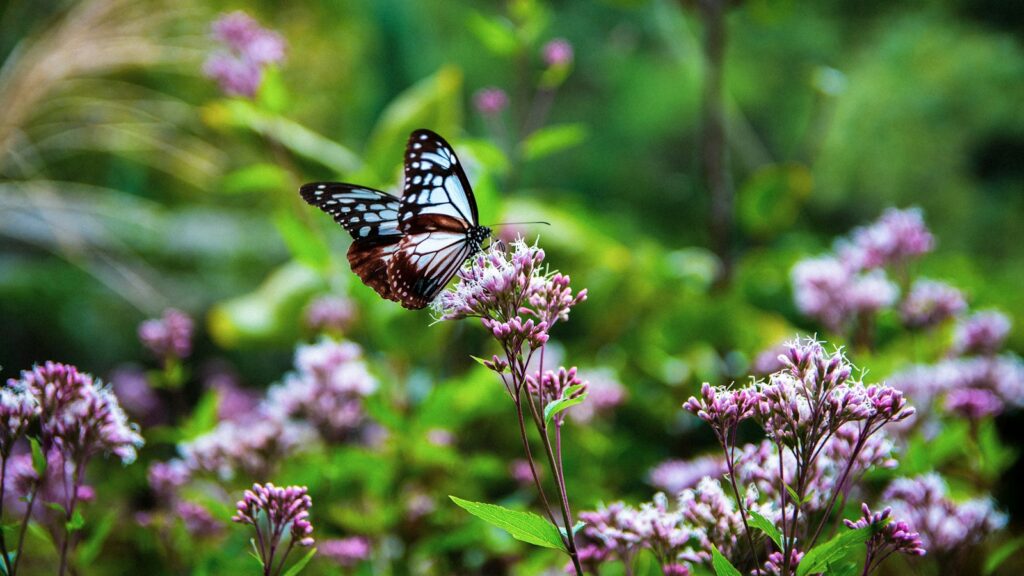
A successful pollinator garden maintains continuous bloom succession from the earliest spring thaw through late autumn frosts. Early-season blooms are particularly critical, supporting queen bumblebees and overwintered butterflies when few natural resources exist. Spring-flowering trees and shrubs like redbud, willow, and serviceberry provide abundant early pollen sources while bulbs such as crocus and squill offer some of the first nectar of the season. Summer brings peak bloom diversity, but planning is essential to avoid July-August gaps when many spring plants have finished flowering but fall bloomers haven’t started. Late-season flowers support the final pollinator generations and fuel fall migrations, with asters, goldenrods, and sunflowers providing critical resources. Research from the University of Vermont shows that gardens with at least three different species flowering simultaneously throughout the growing season support significantly more diverse and abundant pollinator communities than those with sporadic bloom periods.
Providing Nesting Habitat: Beyond Flowers

While flowers provide essential food, pollinators also need appropriate nesting sites to complete their life cycles. Ground-nesting bees, which constitute approximately 70% of bee species in North America, require patches of bare, undisturbed soil with good sun exposure and drainage. Cavity-nesting bees utilize hollow plant stems, wood tunnels, or pithy stems for their brood chambers, while bumblebees often repurpose abandoned rodent burrows or tussocks of bunch grass. Butterflies seek specific host plants for egg-laying, with females carefully selecting plants that will nourish their caterpillars. Leaving garden cleanup until spring preserves overwintering sites for many pollinators, including queen bumblebees, certain butterfly species that overwinter as adults, and numerous beneficial insects that shelter in leaf litter or hollow stems. Consider designating “messy” garden areas with unmulched soil, plant debris, and minimal disturbance to provide these crucial habitat elements without compromising your garden’s aesthetic appeal in more visible areas.
Creating a Chemical-Free Zone

Pesticides, even those marketed as “natural” or “organic,” can significantly harm pollinator populations through direct toxicity or sublethal effects on navigation, reproduction, and immune function. Systemic insecticides like neonicotinoids are particularly problematic, as they persist in all plant tissues including pollen and nectar, potentially affecting pollinators for years after application. Even herbicides can indirectly impact pollinators by eliminating flowering weeds that provide supplemental forage or destroying host plants required by butterfly larvae. Embrace ecological pest management instead, focusing on prevention through plant diversity, proper spacing, and selection of resistant varieties. Encourage beneficial insects that control pests naturally by incorporating flowering herbs, native plants, and habitat features. When intervention becomes necessary, use targeted mechanical controls like hand-picking, barriers, or directed water sprays rather than broadcast chemical applications. This approach preserves the garden’s ecological balance while protecting the very pollinators your garden aims to support.
Water Features: Essential but Often Overlooked
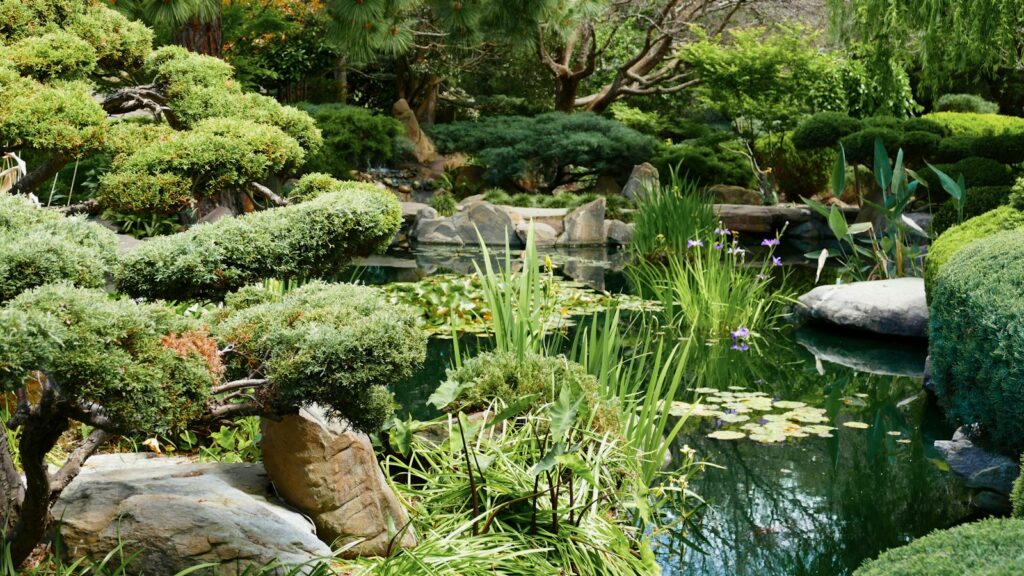
Water accessibility remains one of the most frequently overlooked elements in pollinator garden design, yet it’s essential for survival, particularly during hot, dry periods. Bees use water not only for hydration but also for cooling their hives and mixing with pollen to create larval food. Butterflies often engage in “puddling” behavior, gathering around damp soil or shallow water to extract dissolved minerals necessary for reproduction. Create safe drinking stations by filling shallow dishes with clean water and adding pebbles, marbles, or wine corks that serve as landing pads, preventing drowning while allowing access to moisture. Bird baths can serve pollinators when equipped with sloping sides or partially submerged stones. For butterfly puddling stations, fill a shallow dish with sand and keep it moist, occasionally adding a small amount of sea salt to provide trace minerals. Even maintaining a small area where your garden hose drips can create a valuable water source during dry periods when natural moisture is scarce.
Small-Space Solutions: Container and Balcony Pollinator Gardens
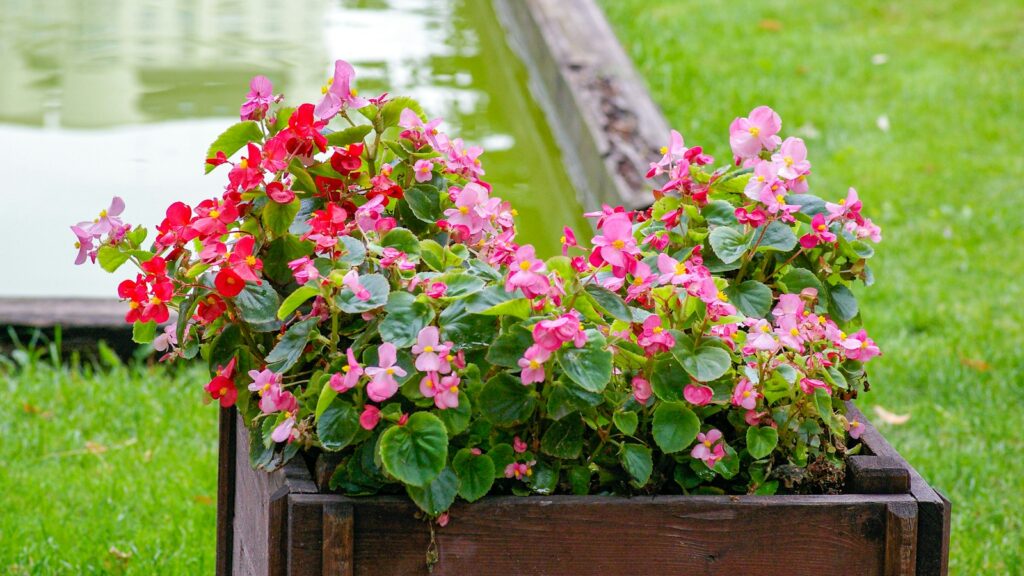
Limited space shouldn’t deter pollinator conservation efforts, as even small container gardens can provide valuable resources in urban environments. Select deep containers (at least 12 inches) that accommodate extensive root systems and retain moisture longer, positioning them to maximize sun exposure for both plants and sun-loving pollinators. Focus on compact plant varieties with extended bloom periods, such as dwarf butterfly bush, compact zinnias, and trailing verbena. Herbs prove particularly valuable in container settings, with oregano, thyme, lavender, and basil providing abundant nectar in small spaces while serving double duty in the kitchen. Vertical gardening techniques can dramatically increase planting area, with trellised vines like scarlet runner beans and passionflower attracting hummingbirds and butterflies while growing upward rather than outward. Research from the University of Kentucky demonstrates that even modest balcony gardens featuring 4-5 appropriate plant species can support surprising pollinator diversity, including specialized native bees and migrating monarchs, making them valuable stepping stones in the urban matrix.
Educating Others: Spreading Pollinator Awareness

Your pollinator garden serves not only ecological functions but also educational purposes, offering opportunities to inspire community action. Consider adding interpretive signage explaining the garden’s purpose and identifying key pollinator species visitors might observe. Participate in citizen science projects like Bumble Bee Watch, Journey North, or the Great Sunflower Project, contributing valuable data while learning more about your garden’s visitors. Host pollinator-focused garden tours or workshops, sharing your knowledge and plant divisions with neighbors to expand habitat throughout your community. Many conservation organizations offer pollinator garden certification programs that provide recognition while connecting you with like-minded gardeners. Research shows that certified pollinator gardens often inspire neighboring properties to adopt similar practices, creating a multiplier effect that significantly expands habitat at the landscape level. By sharing your successes and lessons learned, you extend your garden’s impact far beyond its physical boundaries.
Seasonal Maintenance for Pollinator Success
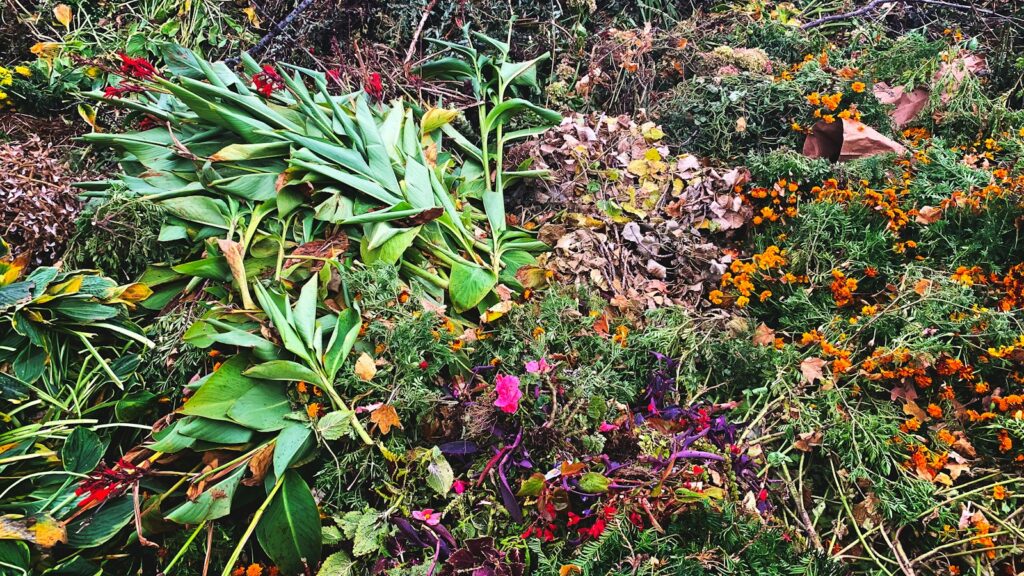
Maintaining a pollinator garden requires adjusting conventional gardening practices to prioritize habitat value alongside aesthetic considerations. In spring, delay garden cleanup until temperatures consistently reach 50°F (10°C) to avoid disturbing overwintering insects, and leave some leaf litter in perennial beds as many beneficial insects pupate or lay eggs in this protective layer. During the growing season, deadhead spent blooms selectively, leaving some to form seeds that support birds while allowing beneficial insects to complete their lifecycle on host plants. Fall maintenance should be minimal, with seed heads and hollow stems left standing through winter to provide food and shelter. When spring arrives, cut back dead stalks to 15-20 inches rather than ground level, leaving them as potential nesting sites for cavity-nesting bees. Mulch only where necessary for weed suppression, leaving some areas of bare soil exposed for ground-nesting bees. This modified maintenance regime not only supports pollinators but typically reduces overall garden labor while creating winter interest through sculptural plant forms.
Creating a flourishing pollinator garden represents one of the most accessible and impactful conservation actions available to individual gardeners. By providing food, shelter, and water for these essential creatures, you’re helping reverse troubling population declines while enhancing your garden’s beauty and productivity. Remember that perfection isn’t necessary – even incorporating a few pollinator-friendly plants or allowing a section of your yard to grow more naturally makes a difference. As your garden evolves into a vibrant ecosystem humming with life, you’ll discover the profound satisfaction of stewarding a space that nourishes both wildlife and the human spirit. Your efforts, combined with those of fellow gardeners across neighborhoods and nations, weave together to form a life-sustaining tapestry of habitat that helps ensure these remarkable creatures continue their vital work for generations to come.
